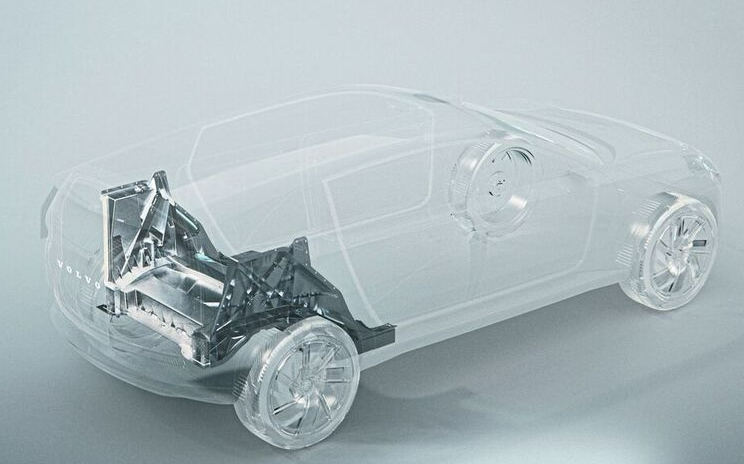[favorite_button]
Tesla shows the way: How gigapresses are changing car manufacturing
Summary
New Manufacturing
Instead of many individual body parts, gigantic die-casting machines are used to cast and press rear and front parts of 
Tesla is thus able to achieve high profit margins and massively lower the prices for its e-cars, as happened recently.
The front and rear cars pressed in one pass replace around 60 individual parts. The vehicle underbodies are then assembled with the battery packs to form chassis. The Giga presses save 300 robots per element on the Model Y, which would otherwise have to assemble smaller parts for the front and rear frames. This can reduce costs by up to 40 per cent.
IDRA
which was taken over by the Chinese LK Industries in 2008, has been developing these monstrous machines since 2016. The latest and largest so far has the dimensions of a small house and a clamping force of 9000 tonnes. The press jaws are as big as delivery vans.
Traditional

Pic: Volvo
Traditional carmakers have already largely automated body construction. In view of rising raw material prices, the pressure for further production advances is now increasing. That is why carmakers like Toyota, General Motors, Hyundai, Volvo Cars and the Chinese electric vehicle start-up Nio are turning to manufacturers like IDRA. Volkswagen, however, has refrained from using the technology in its flagship Trinity after first considering it. BMW has so far shown no interest.
Quality risks
A single error in...
Like what you see?
Then log-in to unlock all the content or become a member of Carmunication today!
Details
Sources

Written by Carmupedia Editorial Office
You might also be interested in
Placeholder
Manage my notifications
Your member panel
From here you have full control over your profile
My bookmarks
[user_favorites]
[clear_favorites_button]
Are you missing something here?

0 Comments